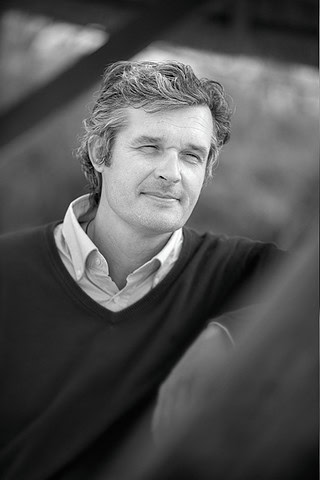
How did you come to be a race director?
I started sailing in La Grande-Motte, on my father's boat, then with the Yacht de la Grande-Motte in Surprise, on the Tours de France and in the Figaro. Kito and I set up the CEM in 2003. In 2008, the French Sailing Federation created a race director training course. By a twist of fate, I had to make up for the absence of a race director for a Mini6.50 race. Then I worked as Gilles Chiorri's deputy on the Generali Solo, on three 'Routes du Rhum', on an Imoca race in the Mediterranean, on the Mod70 circuit and, most recently, on the Arkéa Ultim Challenge, a solo round-the-world race.
And today on the Med Max I Occitanie - Saïdia Resorts.
Kito has always worked that way, preferring to work with people from his region. Of course, there may be more expertise in the Atlantic basin, but Kito likes to work with local people (laughs). We've put together quite a few projects together and I've got a lot of experience in the field now. So there you have it.
What does the job of race director involve?
The main tasks are clearly defined by the French Sailing Federation. To respect sporting fairness, before and during the competition, and to ensure the safety of the competitors. In the final analysis, this means being in the middle of everything, taking into account all the sectors and players: communication, organisation, the village, the resources on site, etc. In fact, having an overall view of the event. In fact, it means having an overall view of the event. It's a fascinating job.
The MED MAX I Occitanie -Saïdia Resorts route doesn't just pass through French waters. Is that an additional difficulty?
We pass the Italians, the Spaniards and arrive in Morocco. This means liaising with the maritime authorities, but above all with the safety organisations, the MRCCs (Maritime Rescue Coordination Centres) in the different countries, to warn them that the race is passing close to their coasts. In the interests of prevention and anticipation.
Is previous ocean racing experience necessary for a race director?
It's a plus, it's true. There are very few race directors who haven't sailed in competition. I've been here in the region since 1998 and in ocean racing since 2003. With a lot of sailing in the Mediterranean. I know the sport and the terrain. That helps.
Talking of the route, who thought it up and designed it?
Kito had already had his idea for a long time. He was keen, with the beautiful stretch of water we have, surrounded by so many countries, to criss-cross the Mediterranean, through cultures and landscapes. In particular to the Aeolian Islands, surrounded by volcanoes. And also to the other side, on the other shore. He gave me the cards.
Has the fact that there are two different categories of boat, monohulls and multihulls, complicated things?
The principle is that everyone arrives together with boats of different speeds. Obviously, the Ocean Fifty had to sail a longer course to arrive in the same time slot in Saïdia as the Class40s. On the other hand, we're involved in a mechanical sport, which evolves in a natural environment with its hazards. We can never guarantee an ETA (Estimated time of arrival). We've put aside the possibility of shortening the course.
What was the most difficult case to manage?
The safety aspect, of course. But there's also the declaration of impact on Natura2000 sites. You have to identify all the areas you're going to cross, list all the marine species you're going to encounter and present the measures you're putting in place to reduce the impact of the race on these species. Cetaceans in particular are a very sensitive issue. In the Mediterranean, there are areas that are completely off-limits. These are not areas we're going to pass through. And then we're sailing, so the impact is less.
In the Mediterranean, the weather can be unpredictable. Will this affect the course?
In Atlantic races, where the weather is more predictable over longer distances, there are far fewer changes in the situation than in the Mediterranean. On the course of the MED MAX I Occitanie - Saïdia Resorts, there are gates, passages, between islands, with relief all around, on a sea closed on all sides and different wind regimes. It's going to be a game! But good sailors always come through. In fact, we've had a lot of fun doing this course with Kito.
Share on :









